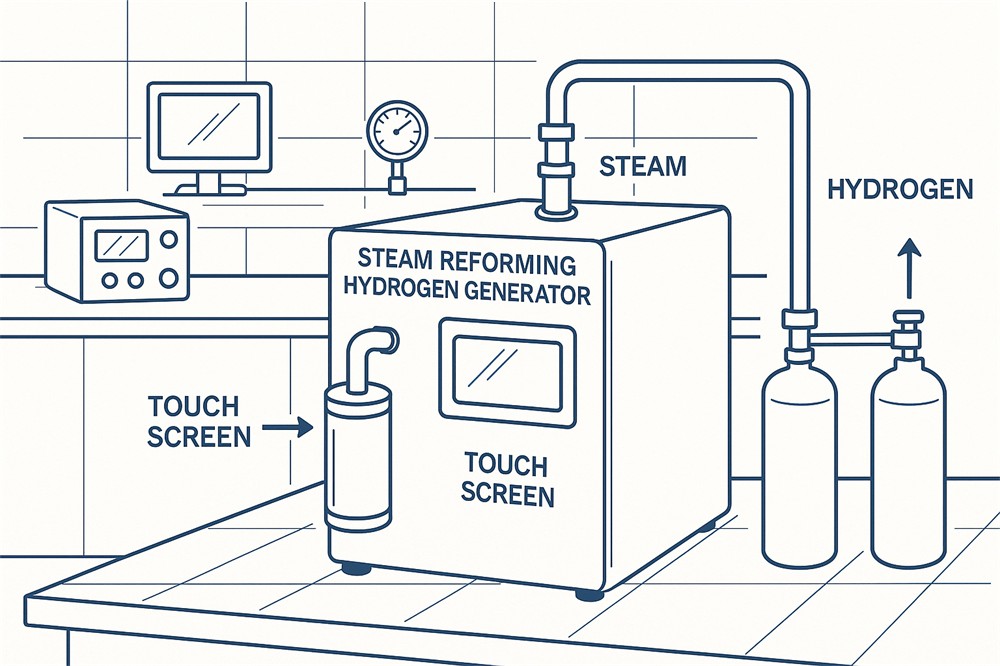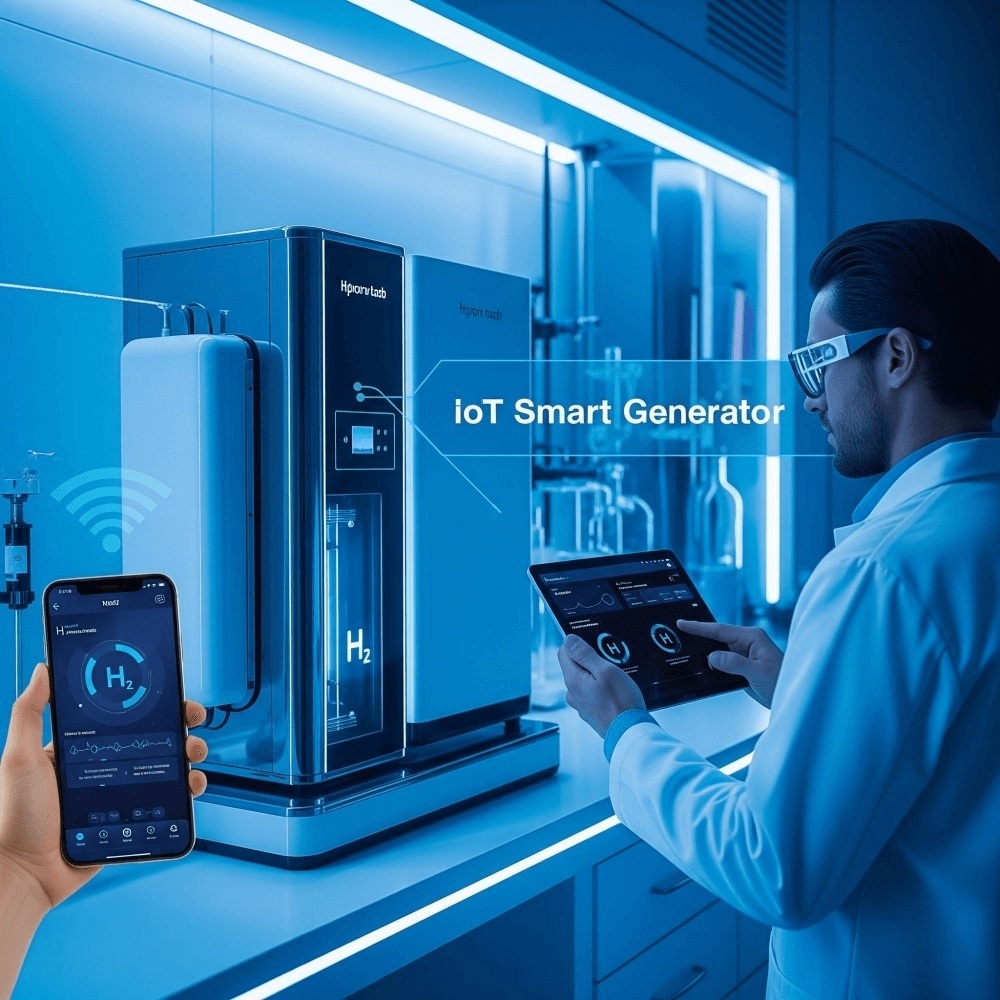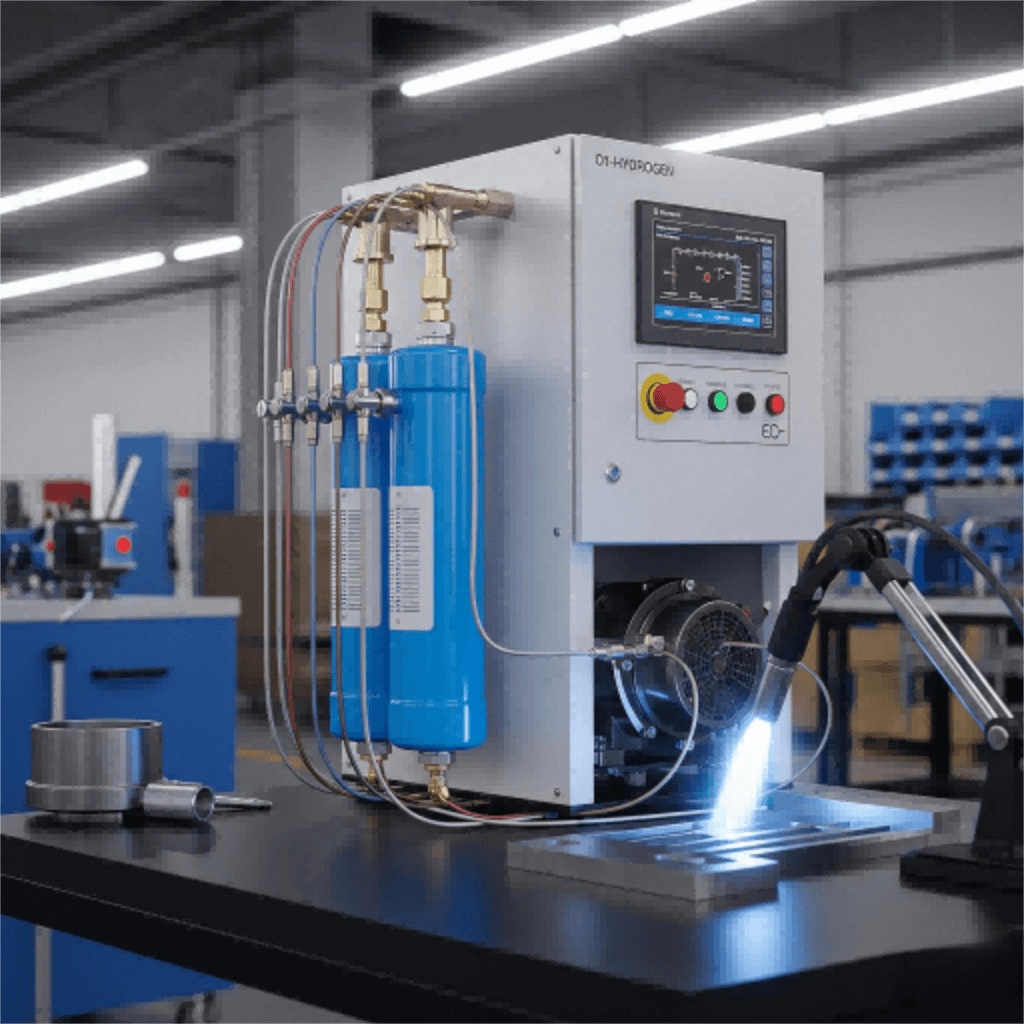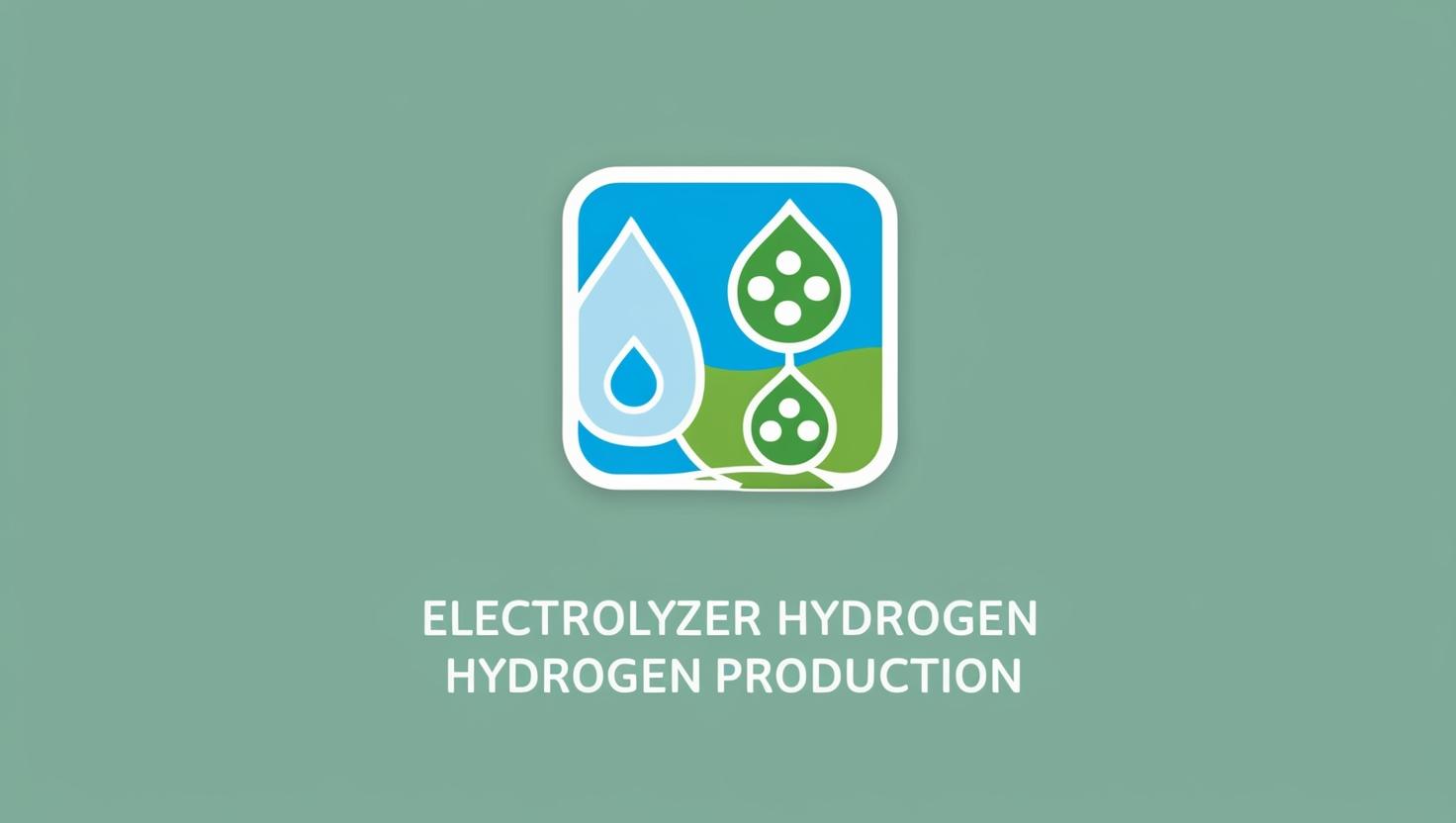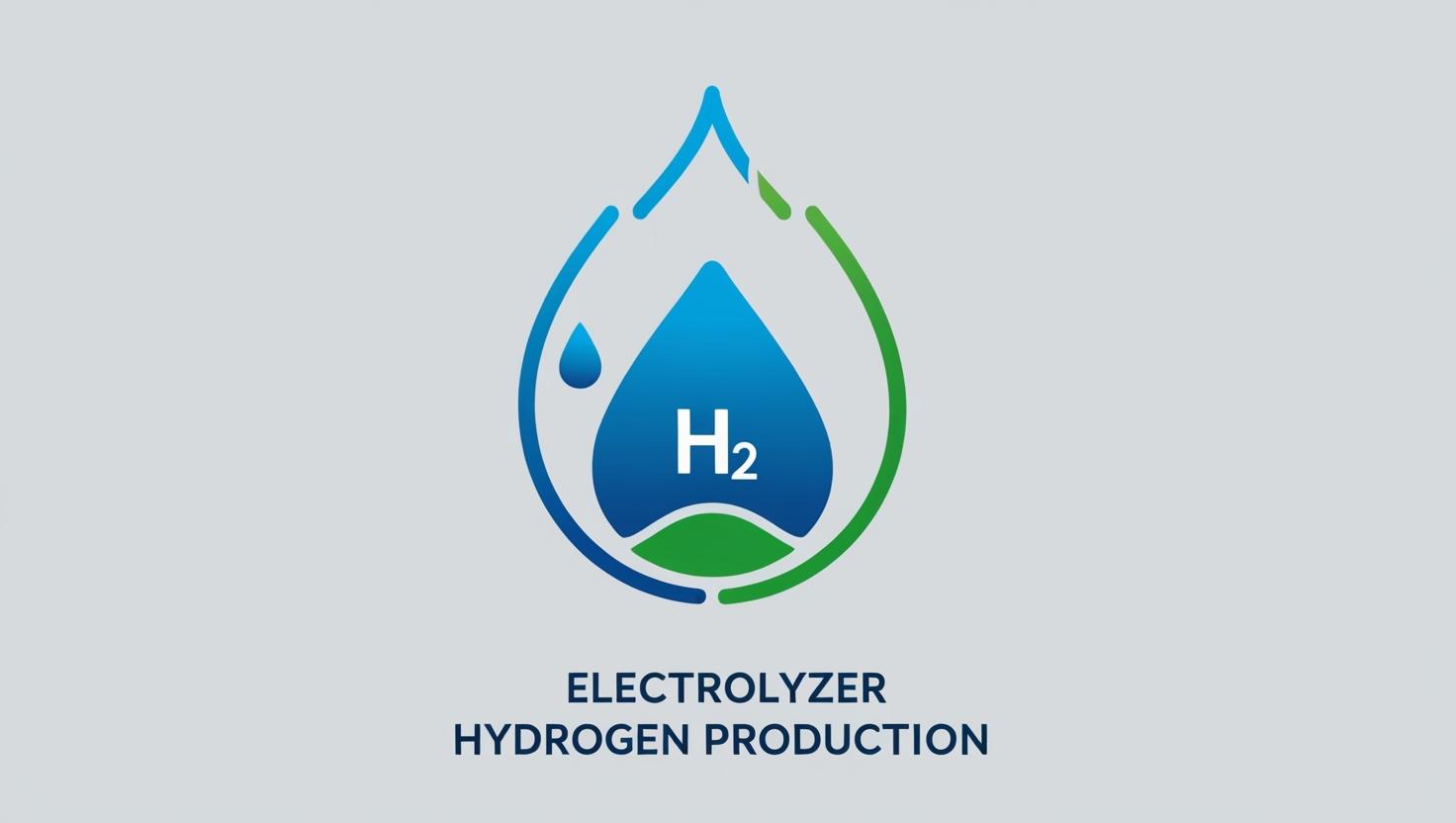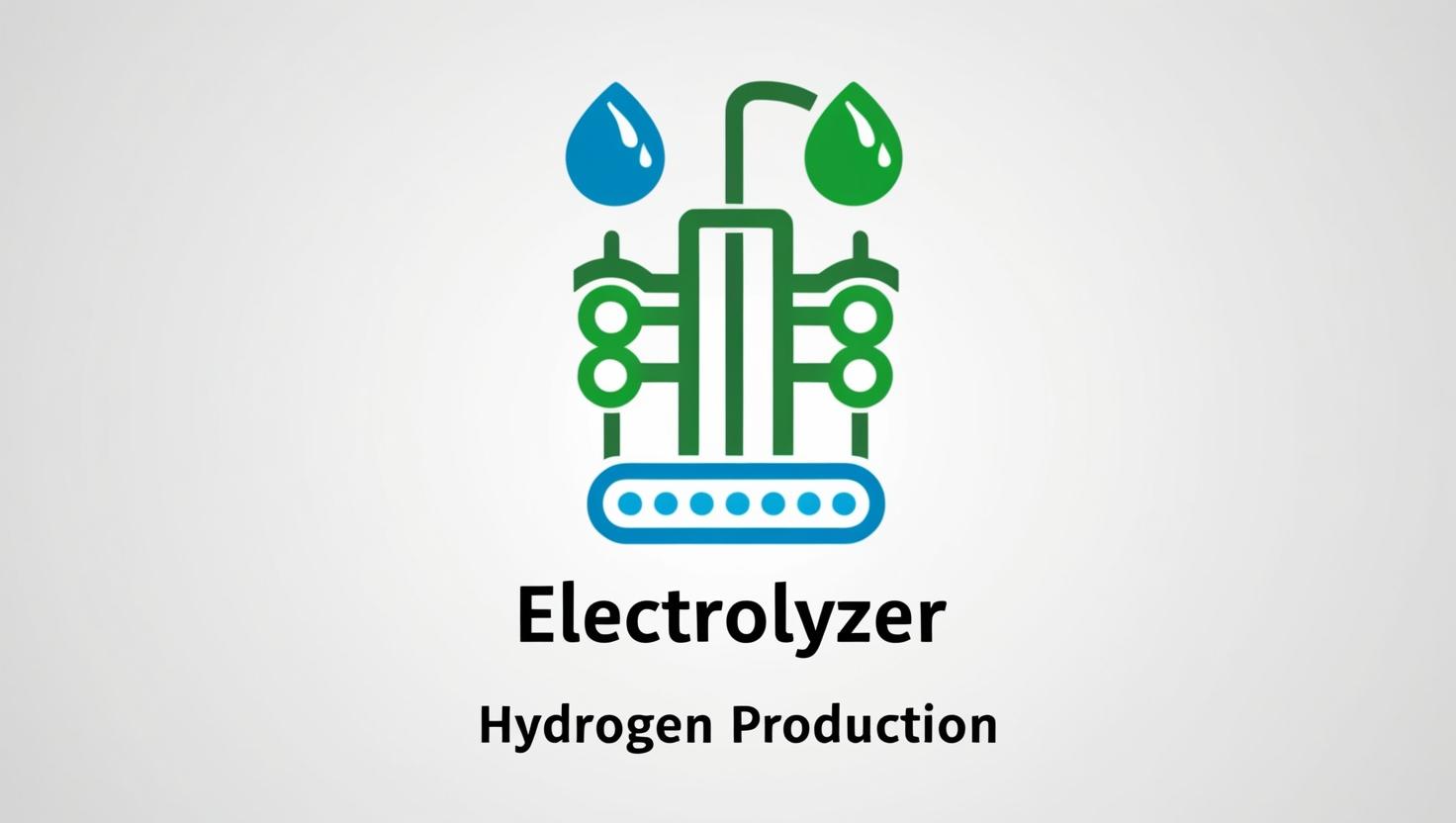Discover how customized 60 Nm3/h large hydrogen generators can optimize your industrial processes. Explore applications, design considerations, efficiency metrics, and maintenance.
Introduction: Meeting the Hydrogen Demands of the Future
As the world accelerates its transition to clean energy and sustainable industrial practices, hydrogen has emerged as a crucial player. From powering chemical reactions to refining metals and fueling clean tech innovations, industries are increasingly seeking reliable hydrogen solutions. Traditionally, hydrogen has been delivered in bulk via trucks or cylinders—methods that are logistically complex and costly for high-consumption users.
Enter the customized 60 Nm3/h large hydrogen generator—a game-changing solution tailored for on-site production and designed to meet the unique needs of industrial users. Whether you’re in the steel, electronics, or chemical industry, these generators can be fine-tuned to your exact requirements, from gas purity to integration with existing plant infrastructure.
In this article, we explore the compelling reasons for customization, the key components of these generators, and how businesses can benefit from adopting this cutting-edge technology.
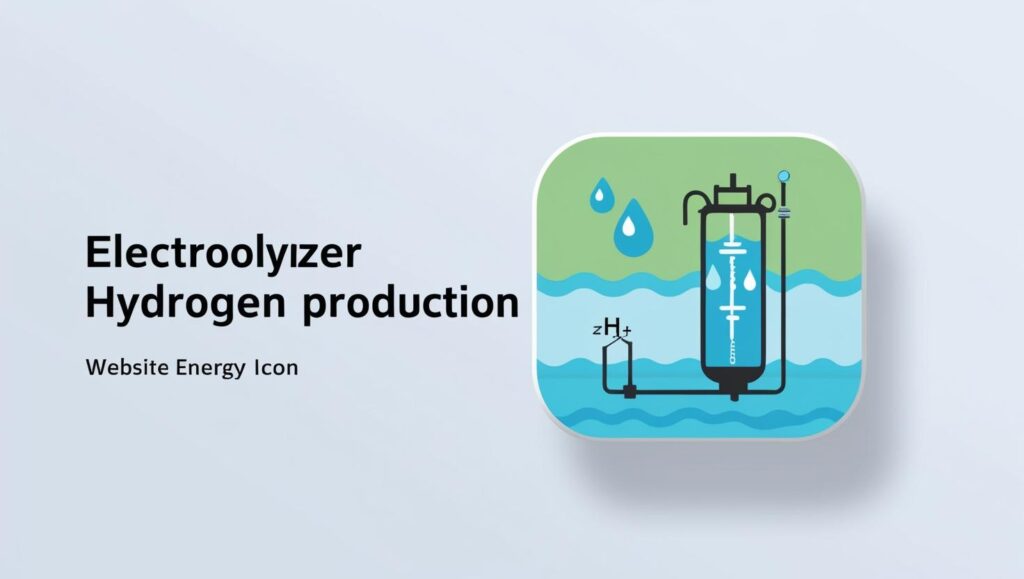
Why Off-the-Shelf Doesn’t Always Cut It: The Case for Customization
Standard hydrogen generators may work for some use cases, but in high-demand, precision-focused industries, one-size-fits-all often results in inefficiencies. Customization ensures:
Benefits of Custom Hydrogen Solutions
- Precision Purity Control: Semiconductor and fuel cell industries require hydrogen purity levels of 99.999% or higher.
- Site-Specific Design: Space limitations, extreme climates, or water quality variations can dictate the need for unique system designs.
- System Integration: Custom systems seamlessly integrate with SCADA or DCS for full process control.
- Feedstock Optimization: Tailored systems utilize local water resources or renewable electricity effectively.
- Operational Efficiency: Systems are designed to align with your energy input profiles and hydrogen consumption patterns.
These advantages not only improve performance but can also lower long-term operational costs significantly.
Tailoring Your Hydrogen Solution: A Deep Dive into Customization Possibilities
Customizing a 60 Nm3/h hydrogen generator involves multiple layers of technical and operational considerations:
Feedstock Flexibility
- Electrolyzer Choice: Depending on your power source, choose from:
- PEM (Proton Exchange Membrane) for high purity and quick startup.
- Alkaline for lower capital cost and proven reliability.
- SOEC (Solid Oxide) for integration with high-temperature heat sources.
- Water Purification Systems: Designed according to local water hardness, contaminants, and availability.
Purity and Output Pressure Adjustments
- Hydrogen Purity: Upgrades like catalytic purifiers and PSA units help achieve ultra-pure hydrogen.
- Pressure Control: Output pressure can be set based on downstream equipment—ideal for processes like hydrogenation or DRI.
Automation and Smart Controls
- Real-Time Monitoring: Enables predictive maintenance and process optimization.
- Industrial Integration: Supports MODBUS, OPC UA, and other industrial communication protocols.
Safety First
- Site-Specific Risk Assessment: Drives the selection of explosion-proof housings, gas leak detectors, and automatic shutdown features.
- Redundancy: Backup compressors, dual purification columns, and hot-swap power systems ensure uninterrupted operation.
Scalability
- Modular configurations support future capacity expansion without full system redesign.
Industry Example
A solar panel manufacturing company may require ultra-pure hydrogen for silicon wafer production, while a chemical firm producing ammonia may need high throughput and integrated safety systems. Customization bridges these distinct needs efficiently.
Powering Industries: Diverse Applications of Large-Scale On-Site Hydrogen Generation
Customized 60 Nm3/h hydrogen generators serve a wide spectrum of industrial operations:
Chemical Industry Applications
- Ammonia Production: Hydrogen is a key input in the Haber-Bosch process.
- Methanol Synthesis: Custom purity and flow ensure process stability.
- Hydrogenation: High pressure and ultra-pure hydrogen enable quality end-products.
Steel Manufacturing
- Annealing Furnaces: Require steady hydrogen flow at consistent pressure.
- Direct Reduced Iron (DRI): Hydrogen replaces coke, cutting CO₂ emissions significantly.
Electronics and Semiconductor Fabrication
- Ultra-High Purity: For sensitive processes like wafer cleaning and plasma etching.
- Gas Blending Systems: Integrated systems support cleanroom standards.
Emerging Sectors
- Fuel Cell Technology: On-site generation supports distributed energy systems.
- Energy Storage: Power-to-gas applications convert excess renewable energy into hydrogen.
Building for Success: Key Design Elements for Efficient and Reliable Hydrogen Generation
Optimizing design from the start leads to performance consistency and long-term savings.
Electrolyzer Technology Selection
| Type | Advantages | Ideal For |
|---|---|---|
| Alkaline | Cost-effective, durable | Large-volume, steady output |
| PEM | High purity, quick start | Dynamic load, mobile integration |
| SOEC | High efficiency, low emissions | Industrial heat recovery use |
Water Purification
High purity deionized water ensures longer electrolyzer life and consistent gas output.
Power Supply Optimization
- Uses solar, wind, or grid power efficiently.
- Includes battery integration to balance loads.
Thermal Management
Cooling systems keep electrolyzers within optimal temperature ranges.
Safety Integration
- Automatic venting.
- Hydrogen sensors and alarms.
- Emergency shutdown protocols.
Measuring Success: Key Performance Indicators for 60 Nm3/h Hydrogen Generators
Monitoring performance is essential for operational efficiency:
- Energy Consumption: Most systems range from 4.5 to 6.0 kWh/Nm3.
- Purity Monitoring: Real-time sensors ensure 99.999% H₂ output.
- System Uptime: Targets above 98% availability with redundancy planning.
- Remote Diagnostics: Detect and solve anomalies proactively.
Keeping it Running: Essential Maintenance for Long-Term Performance
Preventive care is key to uninterrupted hydrogen supply:
Maintenance Essentials
- Scheduled Inspections: Monthly visual and functional checks.
- Component Lifespan Tracking: Replacing membranes, electrodes, and valves at set intervals.
- Consumables: Water filters, desiccants, and O-rings typically need semi-annual replacement.
Advanced Support
- Remote Troubleshooting: Cloud-based alerts for preemptive issue resolution.
- Service Agreements: Vendors often offer SLAs with 24/7 support and spare parts coverage.
Frequently Asked Questions (FAQs)
Q1: What is the main advantage of a customized hydrogen generator over a standard unit? A customized system ensures that all parameters—from purity to pressure—are optimized for your specific industrial process, improving efficiency and reducing waste.
Q2: How much space does a 60 Nm3/h hydrogen generator typically require? Space requirements vary based on configuration, but typically range between 20-40 m² for the entire system.
Q3: Can these generators operate using renewable energy sources? Yes, PEM and SOEC electrolyzers are especially suitable for integration with solar and wind power systems.
Q4: What level of hydrogen purity can be achieved? Customized systems can produce hydrogen up to 99.999% purity, suitable for electronics and fuel cells.
Q5: How often is maintenance required? Routine maintenance is usually quarterly, with annual checks for critical components and consumables.
Q6: Are these systems scalable? Absolutely. Modular designs allow easy expansion to meet growing hydrogen needs.
Conclusion: Customized Hydrogen Generation for a Cleaner Future
In an age where precision, sustainability, and efficiency drive industrial success, customized 60 Nm3/h large hydrogen generators stand out as a vital investment. Tailored to meet specific industry demands, they not only deliver reliable hydrogen supply but also integrate seamlessly into complex systems while optimizing performance and cost.
If you’re exploring hydrogen solutions for your facility, a customized system might just be the competitive edge you need.

